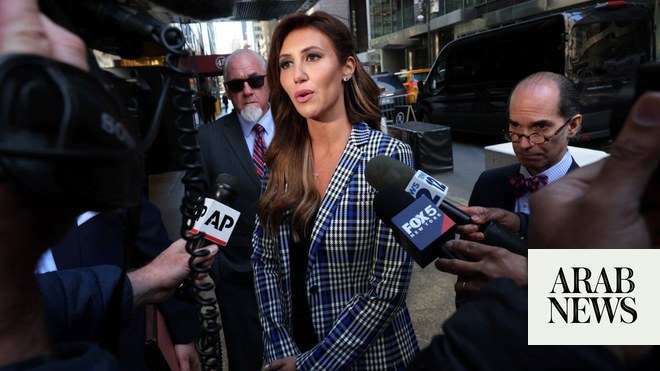
When Michael Gove says he wants new buildings to be more beautiful, who could possibly disagree? He calls for places to be created with “heart and soul”. He also hopes that opposition to new housing will diminish if there is “a general improvement in the standard of design”. Again, he has a point: who would want the site of Venice to be returned to the marshy islands it once was or the city of Bath removed so that it can once again be green rolling hills? But it may be harder to achieve these noble ends than he thinks. The typical objector to development is mostly motivated by other issues than architecture – an influx of other people, pressure on schools and roads – while beauty is not just a matter of look. It includes such things as the siting of buildings in the landscape, quality of materials and construction, ditto of planting and paving, internal and external layouts, the uses of light, shade and view.
These matters can affect housebuilders’ bottom lines, which is one reason why beauty is hard to find. And it’s easier for builders to make superficial gestures to aesthetics – a pediment here, a cornice there – than to do the harder work of good planning. Gove’s comments come in a foreword to a report by the architect Ike Ijeh for the conservative thinktank Policy Exchange, which calls for a “School of Place” that would train architects and planners. It’s a brief and sketchy document, but does at least say that beauty is more than a matter of style. The hard part will be putting these intentions into practice. Whether Gove has the necessary courage to take on vested interests – both housebuilders and nimbies – remains to be seen.
No statute for statuary
In yet another case of cancel culture, a bronze statue of Catherine the Great has been removed from the centre of Odesa. Outrageous! But wait a minute: the statue was only put there in 2007, with the support of the pro-Russian businessman and local politician Ruslan Tarpan, who is currently a fugitive from charges of embezzlement. It reinstated an earlier version from the reign of Tsar Nicholas II – erected by an empire to honour an empress – but removed by the Bolsheviks in 1920. So actually, in present circumstances, it’s understandable that Ukrainians may not want to honour a figure from the country that is hurling missiles their way. This story demonstrates two points overlooked by those who think statues should be preserved in situ at all costs. One is that the removal of statues can be a case of making history rather than erasing it. The other is that if people suffering from aggression or oppression want to remove a statue whose presence is obnoxious to them, why should they not?
Crushed by a rising tide of hate
Henry Berg-Brousseau was a courageous transgender man who from the age of 16 campaigned against legal restrictions on transgender people in his home state of Kentucky, part of a rising tide of such bills, mostly in conservative states, which in 2022 numbered more than 150 across the United States. Shortly before Christmas, aged 24, he took his own life. A significant factor, believes his mother, Karen Berg, was “his difficulty finding acceptance in the face of ‘hateful and vile anti-trans messaging being circulated around this country’”. She also delivered what might be a good New Year’s resolution for all of us. “If I have one ask,” she said, “it would be this: practise tolerance and grace. Work on loving your neighbour.”
Rowan Moore is the Observer’s architecture correspondent
In the UK and Ireland, Samaritans can be contacted on 116 123, or email jo@samaritans.org or jo@samaritans.ie. In the US, the National Suicide Prevention Lifeline is 1-800-273-8255. In Australia, the crisis support service Lifeline is 13 11 14. Other international helplines can be found at befrienders.org.












